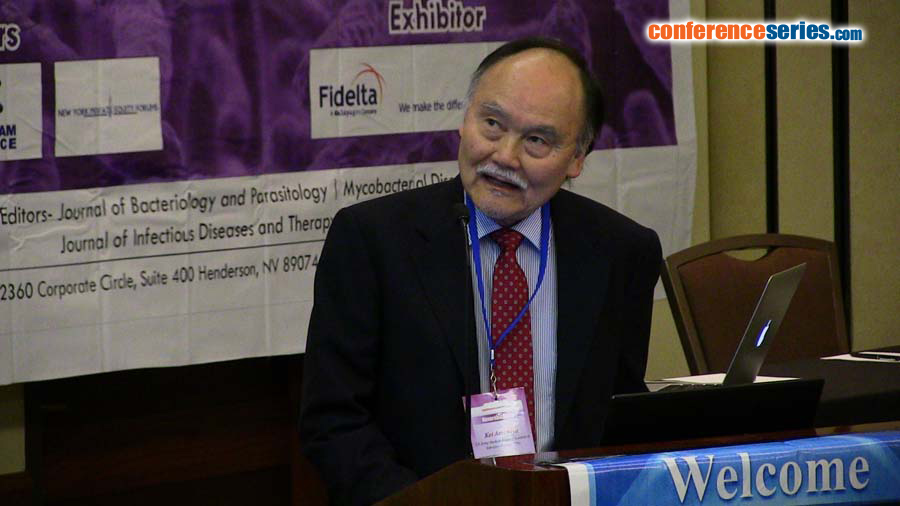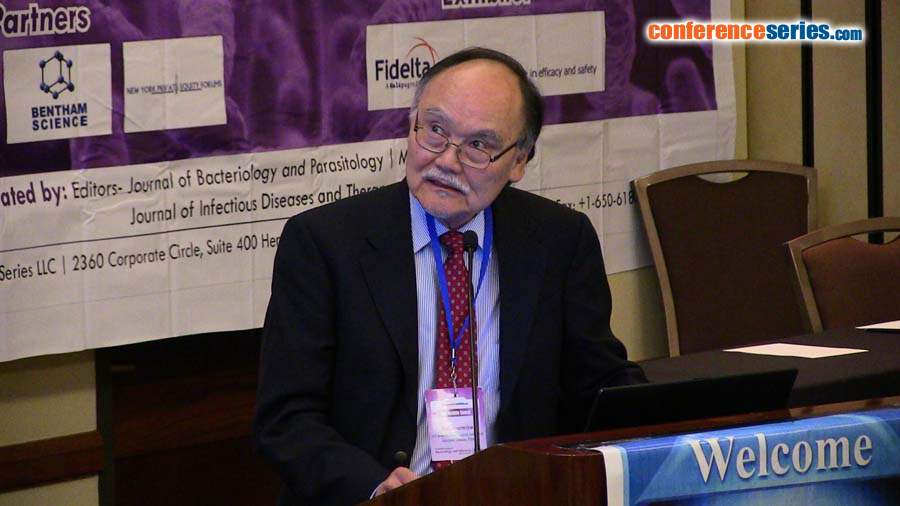
Kei Amemiya
US Army Medical Research Institute of Infectious Diseases, USA
Title: Host-pathogen interactions by clinical strains of Burkholderia pseudomallei in a murine model of melioidosis
Biography
Biography: Kei Amemiya
Abstract
Melioidosis, which is caused by Burkholderia pseudomallei, is endemic in South-East Asia and Northern Austrialia, but it is not well known in other parts of the world. It is the third leading cause of disease in the endemic area behind tuberculosis and HIV. Pneumonia is the most frequent clinical presentation observed in melioidosis patients, and diabetes is the most common risk factor for the disease. The high susceptibility of these latter patients to infection by B. pseudomallei is an enigma that appears to be associated with an immunocompromised immune system, but it does not make HIV/AIDS patients more susceptible to melioidosis. One problem with diagnosis of melioidosis is that the clinical presentation may mimic other chronic infections like tuberculosis. There appears to be many different strains of B. pseudomallei that can cause melioidosis, and they may display different clinical presentations that make diagnosis more difficult. In addition, the pathogen tends to be highly drug resistant that makes treatment of the disease uncertain. Because of these inherent complications, we have been evaluating different human clinical isolates of B. pseudomallei in murine models of melioidosis to characterize their virulence. We see two different types of host response to infection by the strains of B. pseudomallei, depending on the strain of mice used in the studies. BALB/c mice are more easily acutely infected by the pathogen, while C57BL/6 mice tend to be much more resistant to infection. These differences in the host will be presented as well as the host’s response to the pathogen in chronically infected mice.




